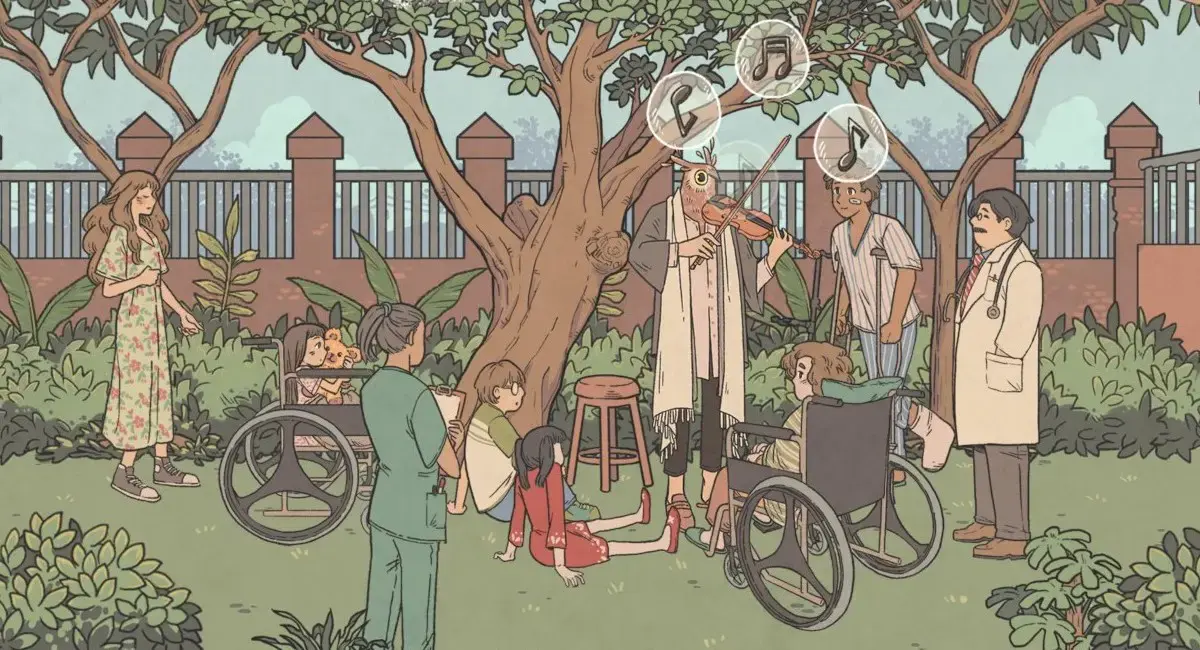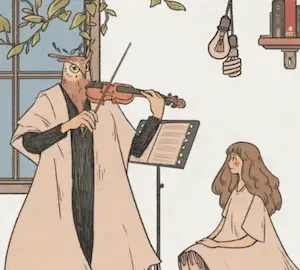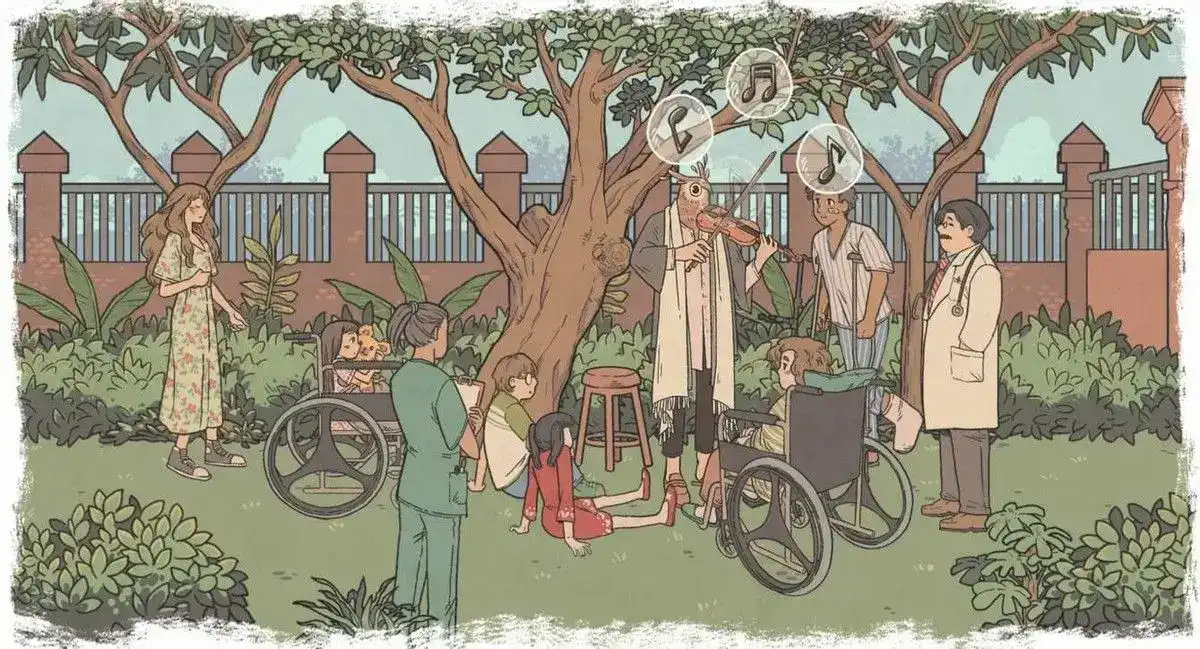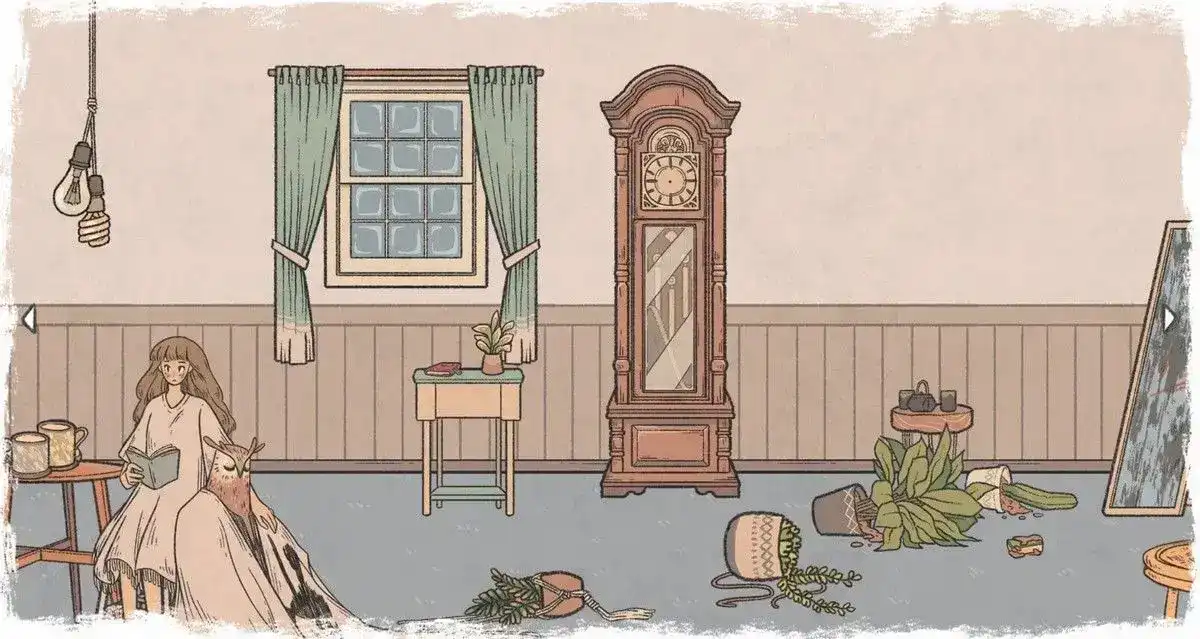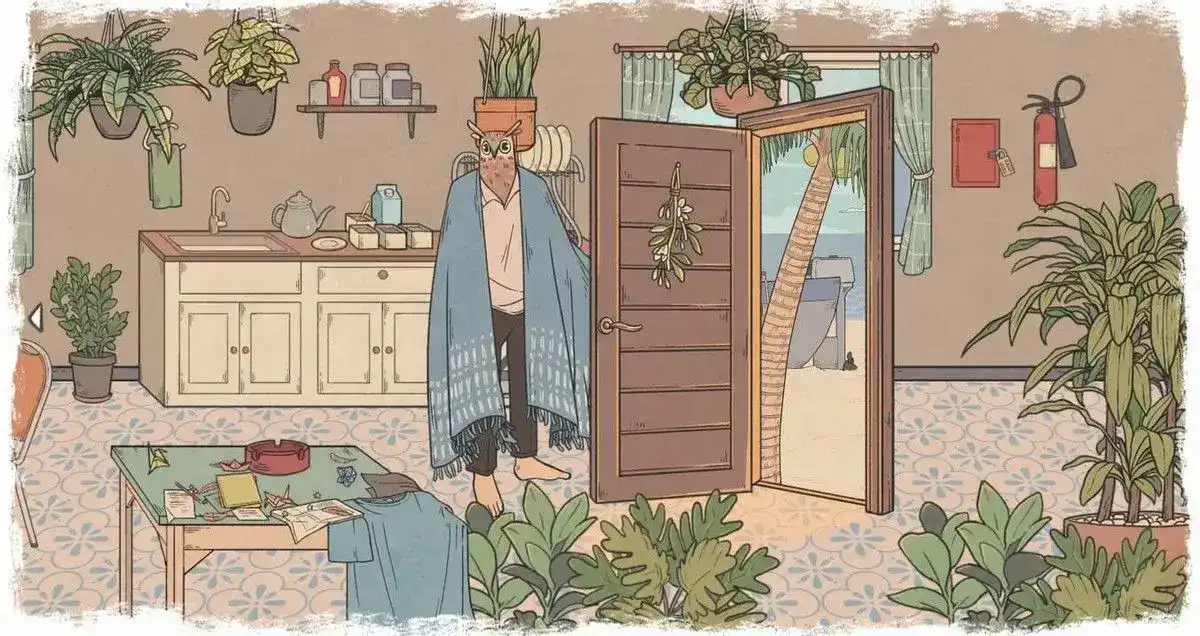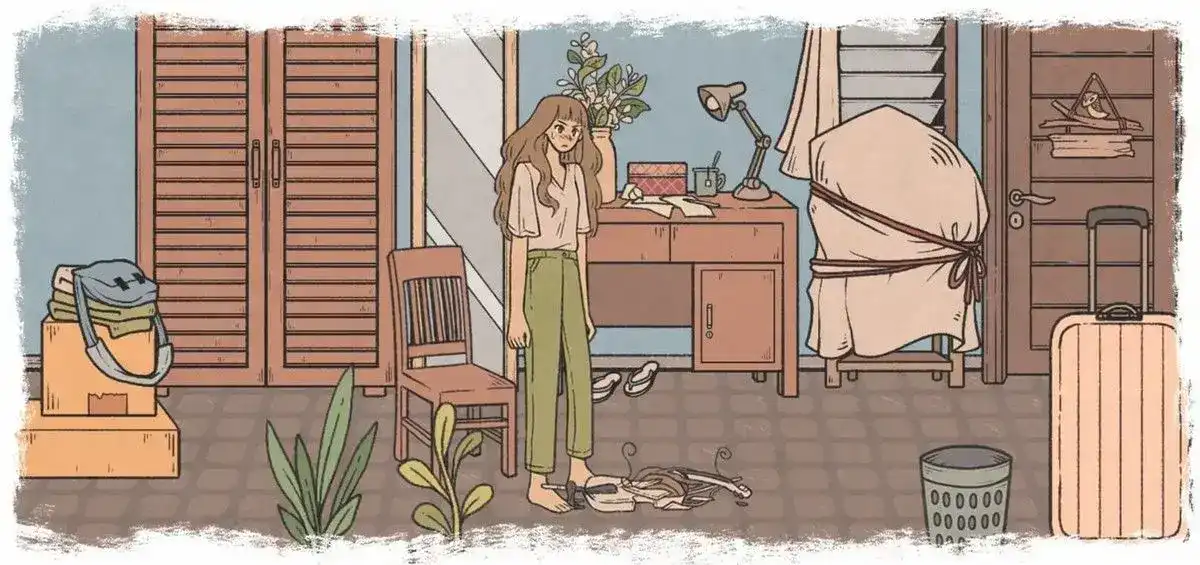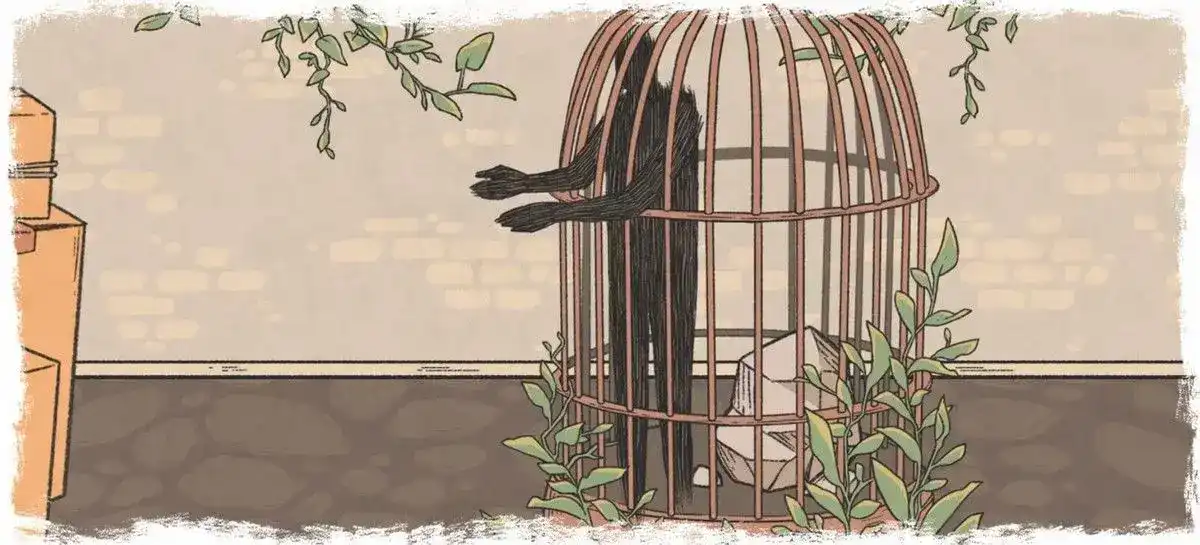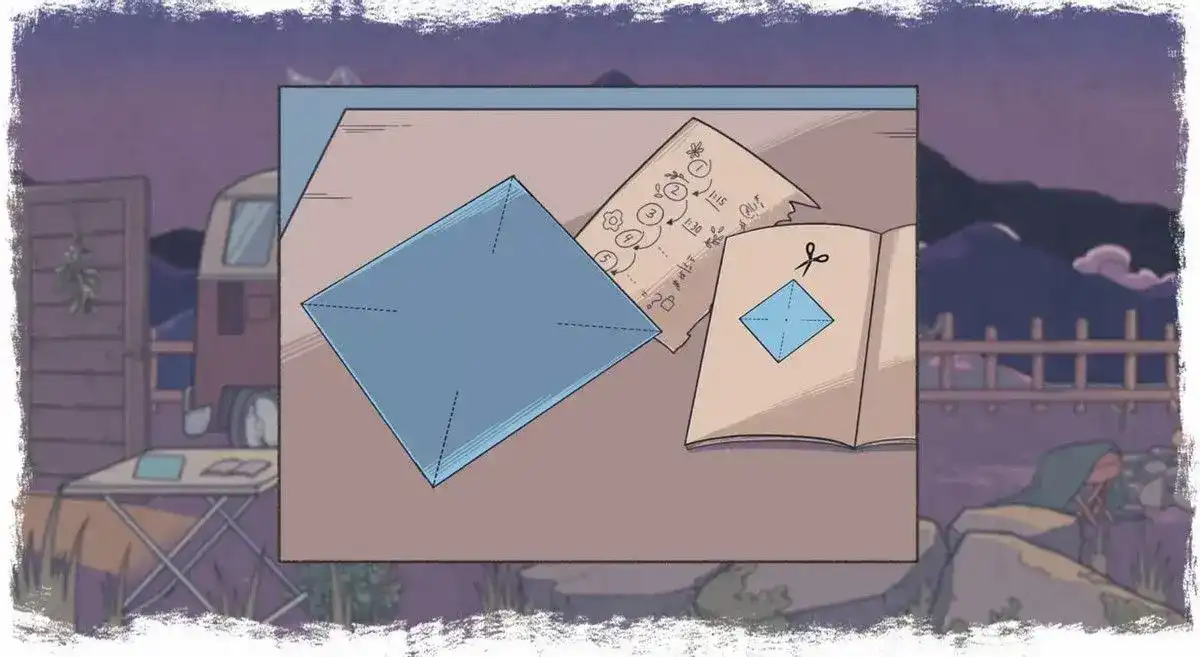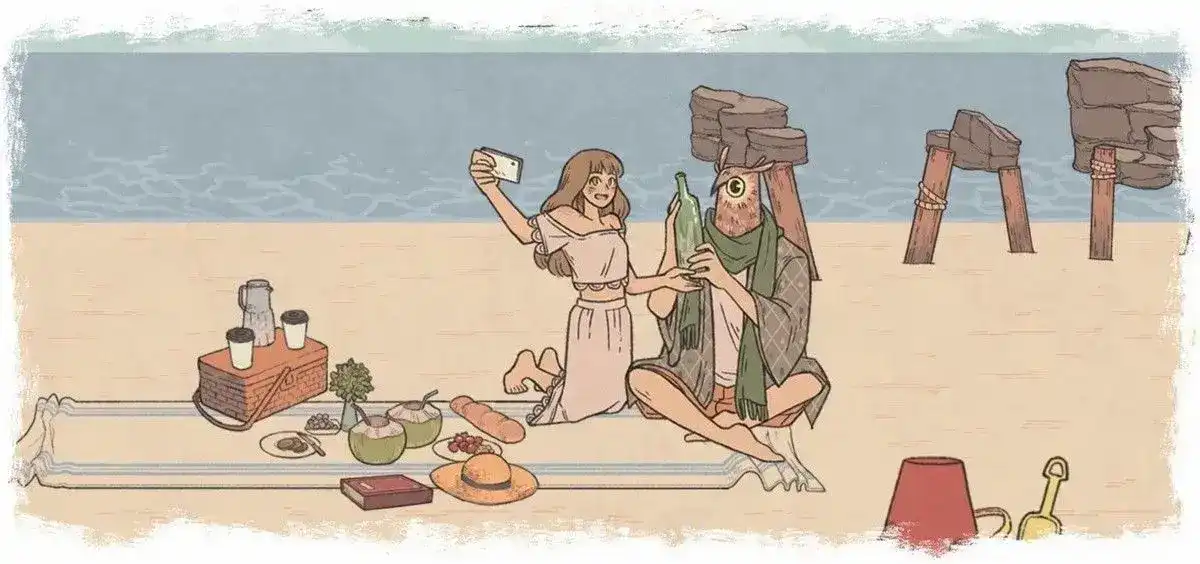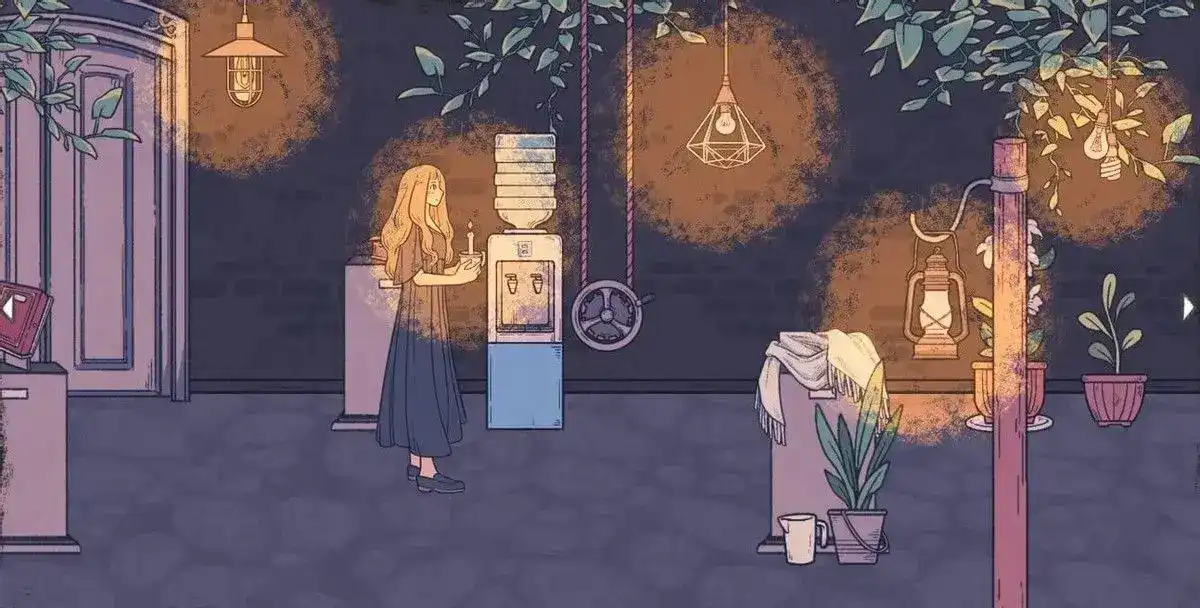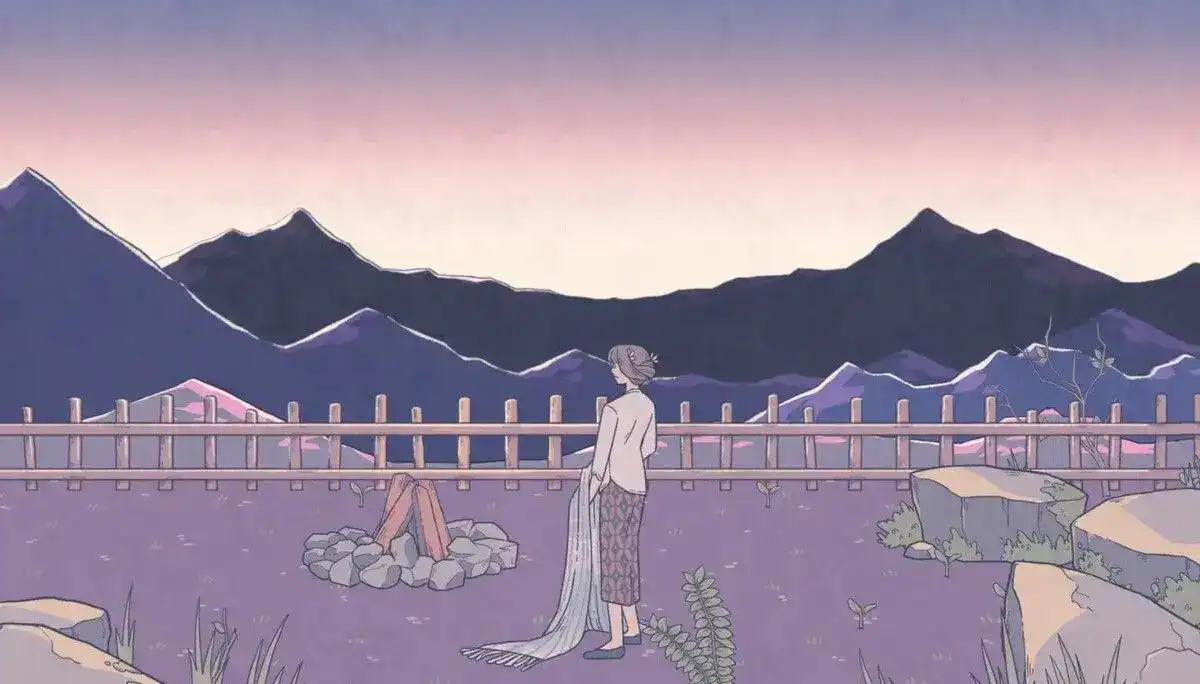The vivid scenes and emotional music perfectly fit together with the bittersweet narrative of Eda's past romance and locked away memories in When the Past Was Around. It was done so well that it nearly brought me to tears in a way no game has in a very long time.
This point-and-click adventure from Mojiken Studio and Toge Productions felt like the room escape games I have a penchant for, combined with a narrative reminiscent of Florence. Filled with symbolism, lush illustrations, and amazing storytelling through gameplay, it also matched, if not topped, its quality.
I played and wrote about the prologue that served as the game's demo not too long ago, which I thoroughly enjoyed, as you'll easily be able to tell:
Everything about this prologue was soothing, as I have been constantly mentioning. From the gameplay to the art style to the sound effects during my search for items and feathers, everything was tranquil and easy on the eyes and ears. The scenes progressed at an even pace, and the narrative within them was ever-present yet left you with enough space to imagine and fill in the blanks.
Despite my glowing review, which you can read in full here, it left me with many questions unanswered about the symbolism and what exactly happened When the Past Was Around. I had no doubt I'd be playing the full game to find out what was really going on and to see if my hunch about the meaning of its symbolism was correct. As well as, of course, to listen to more of that delightful violin music while hunting down keys and patterns in a beautiful landscape.
Needless to say, my experience with the full game was just as amazing, and I'm very excited to be able to talk more about it now. But don't worry, I won't spoil too much — I'll just rave enough about it that you'll feel compelled get the game and find out for yourself what I'm being so cryptic about.
Contrasting Memories
As I already wrote extensively about the prologue, I won't go too into detail about that here, but what does continue to hold true through the rest of the game is the way in which the scenes progress from one to another.
In the prologue, as I aptly wrote previously, "As you tamper with various household items and instruments, solving puzzles and unlocking boxes, you’ll find feathers which are always given to the shadow-man. This leads to him to walk out a door and into the next scene. The story is told largely through this progression of scenes with the man and woman in different areas of their home, typically reading or cuddling and being overall very cozy."
While solving puzzles and then walking out doors into another scene does continue to be the case, what changes are the locations and the couple — they exist together in many more spaces than just their home, but things aren't always so nice and cuddly.
In the less pleasant moments, I learned that I was right about the symbolism of the prologue — the shattered plants did mean something beyond a mess to clean up after all. There'd be more of this symbolism throughout the game, just subtle enough to be easily missed, but present enough that you won't if you're truly immersed in Eda's story. Whether in the form of knocked over plants, messed up rooms, or blackened feathers, everything that happens contributes to the deeper narrative.
After the bright and tranquil prologue chapter ends, we're suddenly thrust into a much darker setting, one that is tinged with loss. The contrast is as stark as black and white — kind of literally. The color changes from an innocent white to a bitter black, the music becomes despondent, and I had a feeling I was soon to discover the questions clouding my mind after the prologue.
Eda is obviously in pain and in a daze, but she snaps to attention once she hears a familiar tune coming from a nearby door. After solving a simple puzzle, we enter the door and see a caged shadow of a man, which I of course recognized right away as the same one from the demo prologue. As we stay in that room, various memories start flooding us and we go through them one by one, exploring Eda's past and her sweet relationship with a tragically bitter end.
From Chance Meeting to Midnight Stargazing
Music is universal, and beautiful tunes will always attract a crowd. In Florence, the cello had Florence floating over to Krish. In When the Past Was Around, it was the sound of a violin that attracted Eda to the mysterious owl-headed man. As she watched him play on that cold breezy day, she couldn't hold in her sneeze. The man took notice and lent her his large scarf.
The rest was history.
Their first date was over cups of tea, where I got to make the tea for them myself — definitely one of my favorite puzzles ever. From there, I solved all kinds of other puzzles to continue opening doors, ranging from the typical lock combinations often frequenting room escape games to washing laundry and doing actual origami.
The puzzles that simulated real-life activities so closely were a pleasant surprise and lovely to complete, considering many room escapes involve some pretty questionable puzzles and situations that wouldn't occur in reality. I admit I got pretty stuck every now and then, but the next part of the story and the next scene was always more than worth the effort.
They made many memories together as they visited various locations, leaving through each door hand in hand, with the ever adventurous owl-man leading the way. From the home to the beach to the starry night by a campfire, each moment was filled with joy and the company of one another, but always tinged with the stain of loss, knowing that these were only trips down memory lane. After every memory, we were still back in that dark room, alone, with only mementos to serve as souvenirs of their time together.
Lighting Your Way Through the Darkness
As the emotionally-charged keepsakes were handed to Eda by the man in the cage, she seemed to be slowly healing and remembering, getting stronger with each memory. However, the dark memories were inevitably part of the mix too.
As I made my way through the sadder memories, I felt the tragedy for myself as I rushed around rooms that suddenly moved much too slowly and puzzles became obstacles in times of urgency and anxiety about what was happening. Everything that was one vibrant took on a gloomier shade, literally, as Eda was thrust into dimmer, less welcoming versions of the past. However, she worked on healing as she walked through the memories, and lit her own way through the darkness to overcome the grief and, finally, let go of the past.
The Color of Nostalgia, the Sound of Memories
As I progressed through each scene, my heart only became heavier as I witnessed the pair's joyful moments along with their more melancholy. I felt frustrated, worried, happy, and sad with Eda along the journey, but learned to let go with her, too, in the end.
When the Past Was Around was consistently beautiful from beginning to end. And although the ending couldn't be exactly what I wanted for Eda, was a perfect close to the story. The puzzles were just challenging enough to add flavor to the gameplay and bring out the potential of interactive storytelling. It was able to be exciting and joyful, tranquil and nostalgic, frantic and messy, or slow and somber at all the right times, bringing the story of Eda to life and inducing actual tears in my eyes.
There's only one thing left to say here: get the game. See for yourself the beautiful imagery, explore the nostalgia-tinged narrative, listen to the sound of memories, and discover what happened When the Past Was Around.
Maybe you can help me figure out why the man is an owl.
